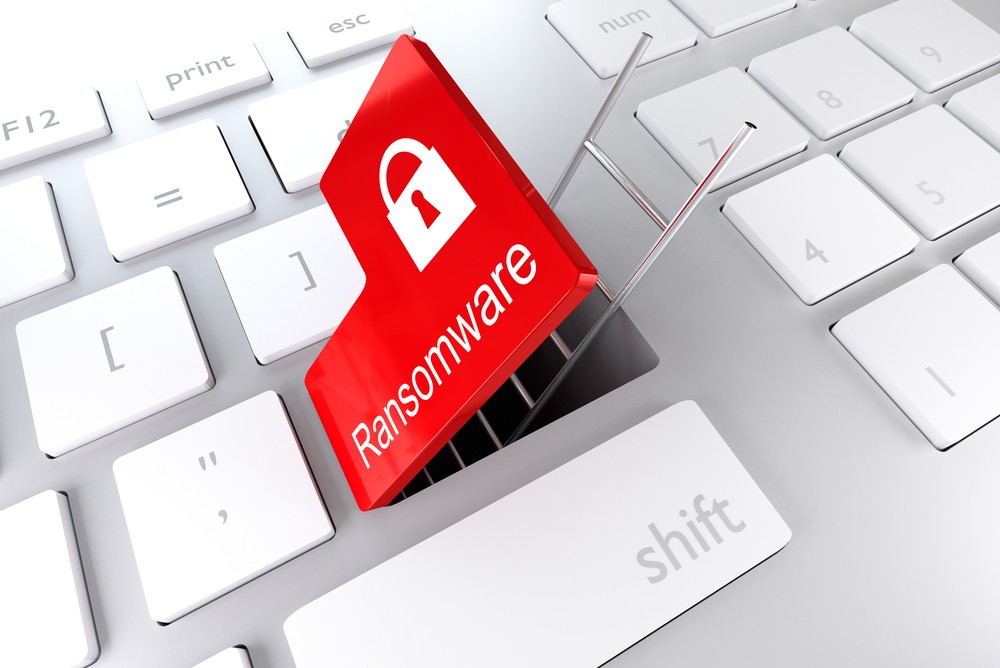Six steps to prevent ransomware
Change Size
 According to the information released by the Communications and Information Ministry on Saturday, WannaCry also attacked two hospitals in Indonesia, Harapan Kita Hospital and Dharmais Hospital. (Shutterstock/File)
According to the information released by the Communications and Information Ministry on Saturday, WannaCry also attacked two hospitals in Indonesia, Harapan Kita Hospital and Dharmais Hospital. (Shutterstock/File)
Massive cyberattacks, identified as WannaCry, happened across the globe on Friday.
Appearing as ransomware, an activity when hackers encrypt data or lock the system in a computer and ask for a sum of money to unlock the data, the attacks were considered cyber terrorism.
According to the information released by the Communications and Information Ministry on Saturday, WannaCry also attacked two hospitals in Indonesia, Harapan Kita Hospital and Dharmais Hospital.
The ministry’s informatics application director general Semuel A Pangerapan said that the public needs to stay calm. However, computer users can do these preventive steps as suggested by No More Ransom's website (https://www.nomoreransom.org/prevention-advice.html):
Read also: Fast-moving cyberattacks wreak havoc worldwide
1. Disconnect from the internet
If there is a suspicious process in progress on the computer, it is suggested to disconnect the machine from the internet by turning off Wi-Fi connections or unplugging the LAN cable. This step is said to prevent malware from spreading.
2. Update Windows security
Install the latest version of your operating system (OS) or applications.
3. Back-up your data
It is important to have a file recovery system. The No More Ransom website suggests creating two back-up copies: cloud data and offline storage, such as a hard drive or USB.
4. Install anti-virus and anti-ransomware software
To protect your device from ransomware, it is suggested to install anti-virus and anti-ransomware software. Make sure to frequently update the software.
5. Do not click on suspicious links or attachments
Do not click on links or open attachments from unknown senders as it may contain malware. Furthermore, be careful about email notifications from online stores, a bank, or so forth, as hackers frequently send fake emails to lure recipients to click the links or open the attachments.
6. Enable the "show file extensions" option
The "show file extensions" option helps you to identify fake files, such as 'exe,' 'vbs' and 'scr'. (asw)









